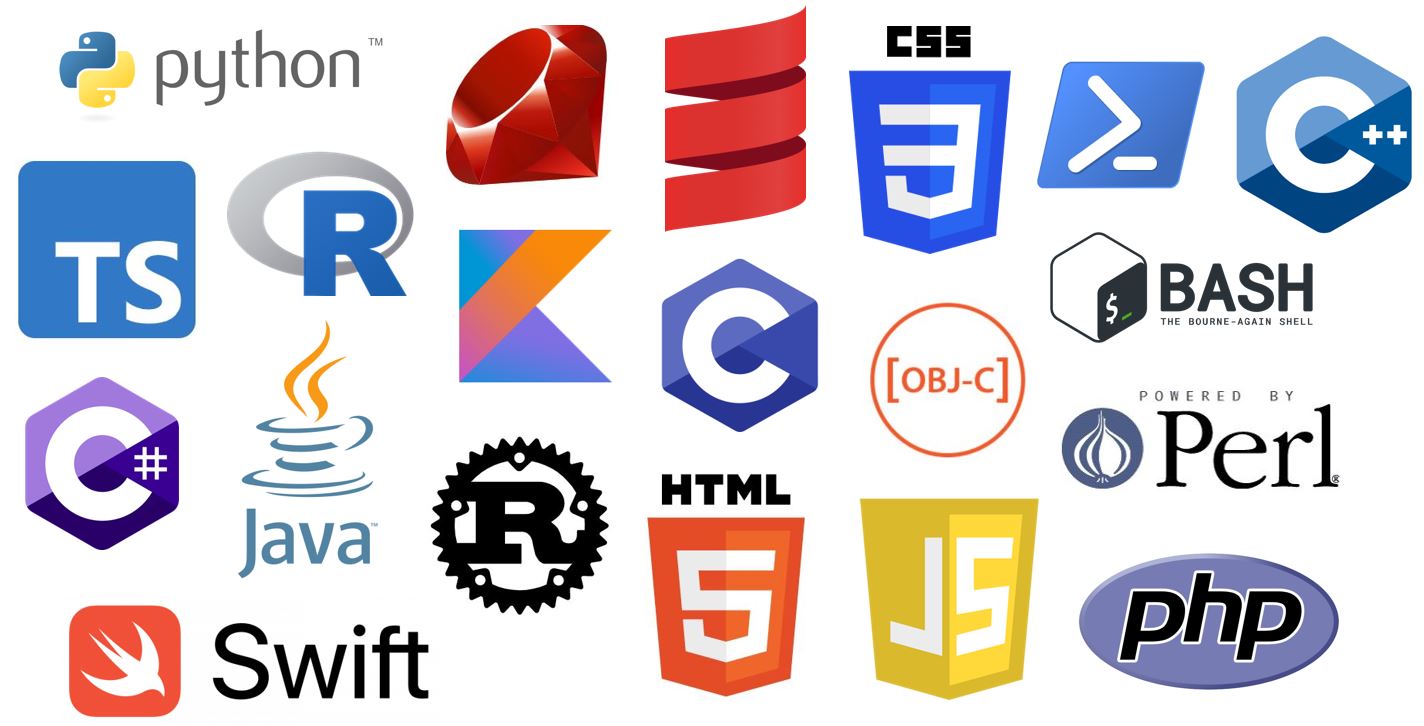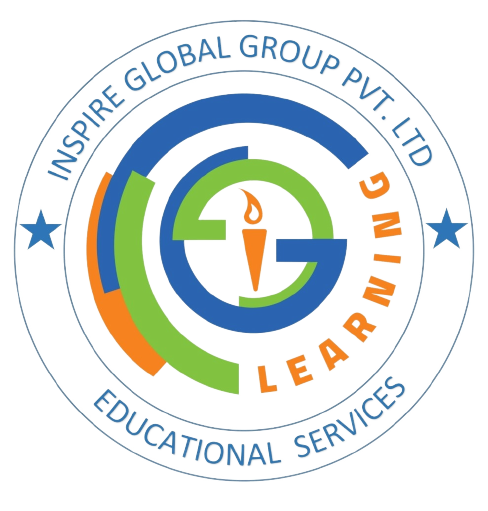Types of Programming Language's

As we know, to communicate with a person, we need a specific language, similarly to communicate with computers, programmers also need a language is called Programming language.
Before learning the programming language, let's understand what is language?
What is Language?
Language is a mode of communication that is used to share ideas, opinions with each other. For example, if we want to teach someone, we need a language that is understandable by both communicators.
What is a Programming Language?
A programming language is a computer language that is used by programmers (developers) to communicate with computers. It is a set of instructions written in any specific language ( C, C++, Java, Python) to perform a specific task.
A programming language is mainly used to develop desktop applications, websites, and mobile applications.
Types of programming language
1. Low-level programming language
Low-level language is machine-dependent (0s and 1s) programming language. The processor runs low- level programs directly without the need of a compiler or interpreter, so the programs written in low-level language can be run very fast.
Low-level language is further divided into two parts –
i. Machine Language
Machine language is a type of low-level programming language. It is also called as machine code or object code. Machine language is easier to read because it is normally displayed in binary or hexadecimal form (base 16) form. It does not require a translator to convert the programs because computers directly understand the machine language programs.
The advantage of machine language is that it helps the programmer to execute the programs faster than the high-level programming language.
ii. Assembly Language
Assembly language (ASM) is also a type of low-level programming language that is designed for specific processors. It represents the set of instructions in a symbolic and human-understandable form. It uses an assembler to convert the assembly language to machine language.
The advantage of assembly language is that it requires less memory and less execution time to execute a program.
2. High-level programming language
High-level programming language (HLL) is designed for developing user-friendly software programs and websites. This programming language requires a compiler or interpreter to translate the program into machine language (execute the program).
The main advantage of a high-level language is that it is easy to read, write, and maintain.
High-level programming language includes Python, Java, JavaScript, PHP, C#, C++, Objective C, Cobol, Perl, Pascal, LISP, FORTRAN, and Swift programming language.
Basic Terminologies in Programming Languages:
· Algorithm: A step-by-step procedure for solving a problem or performing a task.
· Variable: A named storage location in memory that holds a value or data.
· Data Type: A classification that specifies what type of data a variable can hold, such as integer, string, or boolean.
· Function: A self-contained block of code that performs a specific task and can be called from other parts of the program.
· Control Flow: The order in which statements are executed in a program, including loops and conditional statements.
· Syntax: The set of rules that govern the structure and format of a programming language.
· Comment: A piece of text in a program that is ignored by the compiler or interpreter, used to add notes or explanations to the code.
· Debugging: The process of finding and fixing errors or bugs in a program.
· IDE: Integrated Development Environment, a software application that provides a comprehensive development environment for coding, debugging, and testing.
· Operator: A symbol or keyword that represents an action or operation to be performed on one or more values or variables, such as + (addition), – (subtraction), * (multiplication), and / (division).
Statement: A single line or instruction in a program that performs a specific action or operation
Basic Example Of Most Popular Programming Languages:
Here the basic code for addition of two numbers are given in some popular languages (like C, C++,Java, Python, C#, JavaScript etc.).
· C++
· C
· Python3
· Java
· C#
· Javascript
· PHP
· Scala
· HTML
· Cobol
· Dart
· Go
· Julia
· Kotlin
· Perl
· Swift
Output
Sum of 10 and 15 is: 25
Most Popular Programming Languages –
· C
· Python
· C++
· Java
· SCALA
· C#
· R
· Ruby
· Go
· Swift
· JavaScript
Characteristics of a programming Language –
· A programming language must be simple, easy to learn and use, have good readability, and be human recognizable.
· Abstraction is a must-have Characteristics for a programming language in which the ability to define the complex structure and then its degree of usability comes.
· A portable programming language is always preferred.
· Programming language’s efficiency must be high so that it can be easily converted into a machine code and its execution consumes little space in memory.
· A programming language should be well structured and documented so that it is suitable for application development.
· Necessary tools for the development, debugging, testing, maintenance of a program must be provided by a programming language.
· A programming language should provide a single environment known as Integrated Development Environment(IDE).
· A programming language must be consistent in terms of syntax and semantics.

A high-level
language is further divided into three parts –
i.
Procedural Oriented programming language
Procedural
Oriented Programming (POP) language is derived from structured programming and
based upon the procedure call concept. It divides a program into small
procedures called routines or functions.
Procedural
Oriented programming language is used by a software programmer to create a
program that can be accomplished by using a programming editor like IDE, Adobe
Dreamweaver, or Microsoft Visual Studio.
The advantage
of POP language is that it helps programmers to easily track the program flow
and code can be reused in different parts of the program.
Example: C,
FORTRAN, Basic, Pascal, etc.
ii.
Object-Oriented Programming language
Object-Oriented
Programming (OOP) language is based upon the objects. In this programming
language, programs are divided into small parts called objects.
It is used to implement real-world entities like inheritance, polymorphism,
abstraction, etc in the program to makes the program resusable, efficient, and
easy-to-use.
The main
advantage of object-oriented programming is that OOP is faster and easier to
execute, maintain, modify, as well as debug.
Example: C++,
Java, Python, C#, etc.
iii.
Natural language
Natural
language is a part of human languages such as English,
Russian, German, and Japanese. It is used by machines to understand,
manipulate, and interpret human's language. It is used by developers to perform tasks
such as translation, automatic summarization, Named Entity Recognition (NER),
relationship extraction, and topic segmentation.
The main advantage of natural language is that it helps users to ask questions in any subject and directly respond within seconds.
3.
Middle-level programming language
Middle-level
programming language lies between the low-level programming language and high-level
programming language. It is also known as the intermediate
programming language and pseudo-language.
A middle-level
programming language's advantages are that it supports the features of
high-level programming, it is a user-friendly language, and closely related to
machine language and human language.
Example: C, C++,
language
Introduction:
A programming
language is a set of instructions and syntax used to create software programs.
Some of the key features of programming languages include:
·
Syntax: The specific rules and structure used to write code in a
programming language.
·
Data Types: The type of values that can be stored in a program,
such as numbers, strings, and booleans.
·
Variables: Named memory locations that can store values.
·
Operators: Symbols used to perform operations on values, such as
addition, subtraction, and comparison.
·
Control Structures: Statements used to control the flow of a
program, such as if-else statements, loops, and function calls.
·
Libraries and Frameworks: Collections of pre-written code
that can be used to perform common tasks and speed up development.
·
Paradigms: The programming style or philosophy used in the
language, such as procedural, object-oriented, or functional.
Examples of popular programming languages include Python, Java, C++, JavaScript, and Ruby.
Each language has its own strengths and weaknesses and is suited for different types of projects.
A programming language is a formal language that specifies a set of instructions for a computer to perform specific tasks.
It’s used to write software programs and applications, and to control and manipulate computer systems.
There are many different programming languages, each with its own syntax, structure, and set of commands.
Some of the
most commonly used programming languages include Java, Python, C++, JavaScript,
and C#.
The choice of
programming language depends on the specific requirements of a project,
including the platform being used, the intended audience, and the desired
outcome. Programming languages continue to evolve and change over time, with
new languages being developed and older ones being updated to meet changing
needs.
Are you
aiming to become a software engineer one day?
Do you also
want to develop a mobile application that people all over the world would love
to use?
Are you
passionate enough to take the big step to enter the world of programming?
Then you are
in the right place because through this article you will get a brief
introduction to programming.
Now before we
understand what programming is, you must know what is a computer.
A computer is a device that can accept human instruction, processes it, and responds to it or a computer is a computational device that is used to process the data under the control of a computer program.
Program is a
sequence of instruction along with data.
The basic
components of a computer are:
1.
Input unit
2.
Central Processing Unit(CPU)
3.
Output unit
The CPU is
further divided into three parts-
1.
Memory unit
2.
Control unit
3.
Arithmetic Logic unit
Most of us
have heard that CPU is called the brain of our computer because it accepts
data, provides temporary memory space to it until it is stored(saved) on the
hard disk, performs logical operations on it and hence processes(here also
means converts) data into information.
We all know
that a computer consists of hardware and software.
Software is a
set of programs that performs multiple tasks together.
An operating
system is also software (system software) that helps humans to interact with
the computer system.
A program is
a set of instructions given to a computer to perform a specific operation. or
computer is a computational device that is used to process the data under the
control of a computer program. While executing the program, raw data is
processed into the desired output format.
These
computer programs are written in a programming language which are high-level
languages.
High level
languages are nearly human languages that are more complex than the computer
understandable language which are called machine language, or low level
language.
So after
knowing the basics, we are ready to create a very simple and basic program.
Like we have
different languages to communicate with each other, likewise, we have different
languages like C, C++, C#, Java, python, etc to communicate with the computers.
The computer only understands binary language (the language of 0’s and 1’s)
also called machine-understandable language or low-level language but the
programs we are going to write are in a high-level language which is almost
similar to human language.
The piece of
code given below performs a basic task of printing “hello world! I am learning
programming” on the console screen.
We must know that
keyboard, scanner, mouse, microphone, etc are various examples of input
devices, and monitor(console screen), printer, speaker, etc are examples of
output devices
main()
{
clrscr();
printf(“hello world! I am learning to
program");
getch();
}
At this stage, you might not be able to understand in-depth how this code prints something on the screen.
The main() is
a standard function that you will always include in any program that you are
going to create from now onwards.
Note that the
execution of the program starts from the main() function.
The clrscr() function is used to see only the current output on the screen while the printf() function helps us to print the desired output on the screen.
Also, getch()
is a function that accepts any character input from the keyboard. In simple
words, we need to press any key to continue(some people may say that getch()
helps in holding the screen to see the output).
Between
high-level language and machine language, there are assembly languages also
called symbolic machine code. Assembly languages are particularly computer
architecture specific. Utility program (Assembler) is used to convert assembly
code into executable machine code.
High Level Programming Language is portable but requires Interpretation or compiling to convert it into a machine language that is computer understood.
There have been many programming languages some of them are listed below:
|
C |
Python |
C++ |
CoffeeScript |
VisualFoxPro |
Babel |
|
C# |
R |
Ruby |
Logo |
Lua |
Smalltalk |
|
COBOL |
ADA |
Java |
Matlab |
F |
F# |
|
Fortran |
BASIC |
Altair BASIC |
Dart |
Datalog |
dbase |
|
True BASIC |
Visual BASIC |
GW BASIC |
Haskell |
dylan |
Julia |
|
QBASIC |
PureBASIC |
PASCAL |
ksh |
metro |
Mumps |
|
Turbo Pascal |
GO |
ALGOL |
Nim |
OCaml |
pick |
|
LISP |
SCALA |
Swift |
TCL |
D |
CPL |
|
Rust |
Prolog |
Reia |
Curry |
ActionScript |
Erlang |
|
Racket |
Scheme |
Simula |
Clojure |
DarkBASCIC |
Assembly |
|
Perl |
PHP |
Java Script |
|
|
|
Advantages of programming languages:
1. Increased Productivity: Programming languages provide a set of abstractions that allow developers to write code more quickly and efficiently.
2. Portability: Programs written in a high-level programming language can run on many different operating systems and platforms.
3. Readability: Well-designed programming languages can make code more readable and easier to understand for both the original author and other developers.
4. Large Community: Many programming languages have large communities of users and developers, which can provide support, libraries, and tools.
Disadvantages of programming languages:
1. Complexity: Some programming languages can be complex and difficult to learn, especially for beginners.
2. Performance: Programs written in high-level programming languages can run slower than programs written in lower-level languages.
3. Limited Functionality: Some programming languages may not have built-in support for certain types of tasks or may require additional libraries to perform certain functions.
4. Fragmentation: There are many different programming languages, which can lead to fragmentation and make it difficult to share code and collaborate with other developers.
Tips for learning new programming language:
1. Start with the fundamentals: Begin by learning the basics of the language, such as syntax, data types, variables, and simple statements. This will give you a strong foundation to build upon.
2. Code daily: Like any skill, the only way to get good at programming is by practicing regularly. Try to write code every day, even if it’s just a few lines.
3. Work on projects: One of the best ways to learn a new language is to work on a project that interests you. It could be a simple game, a web application, or anything that allows you to apply what you’ve learned that is the most important part.
4. Read the documentation: Every programming language has documentation that explains its features, syntax, and best practices. Make sure to read it thoroughly to get a better understanding of the language.
5. Join online communities: There are many online communities dedicated to programming languages, where you can ask questions, share your code, and get feedback. Joining these communities can help you learn faster and make connections with other developers.
6. Learn from others: Find a mentor or someone who is experienced in the language you’re trying to learn. Ask them questions, review their code, and try to understand how they solve problems.
Practice debugging: Debugging is an essential skill for any programmer, and you’ll need to do a lot of it when learning a new language. Make sure to practice identifying and fixing errors in your code

